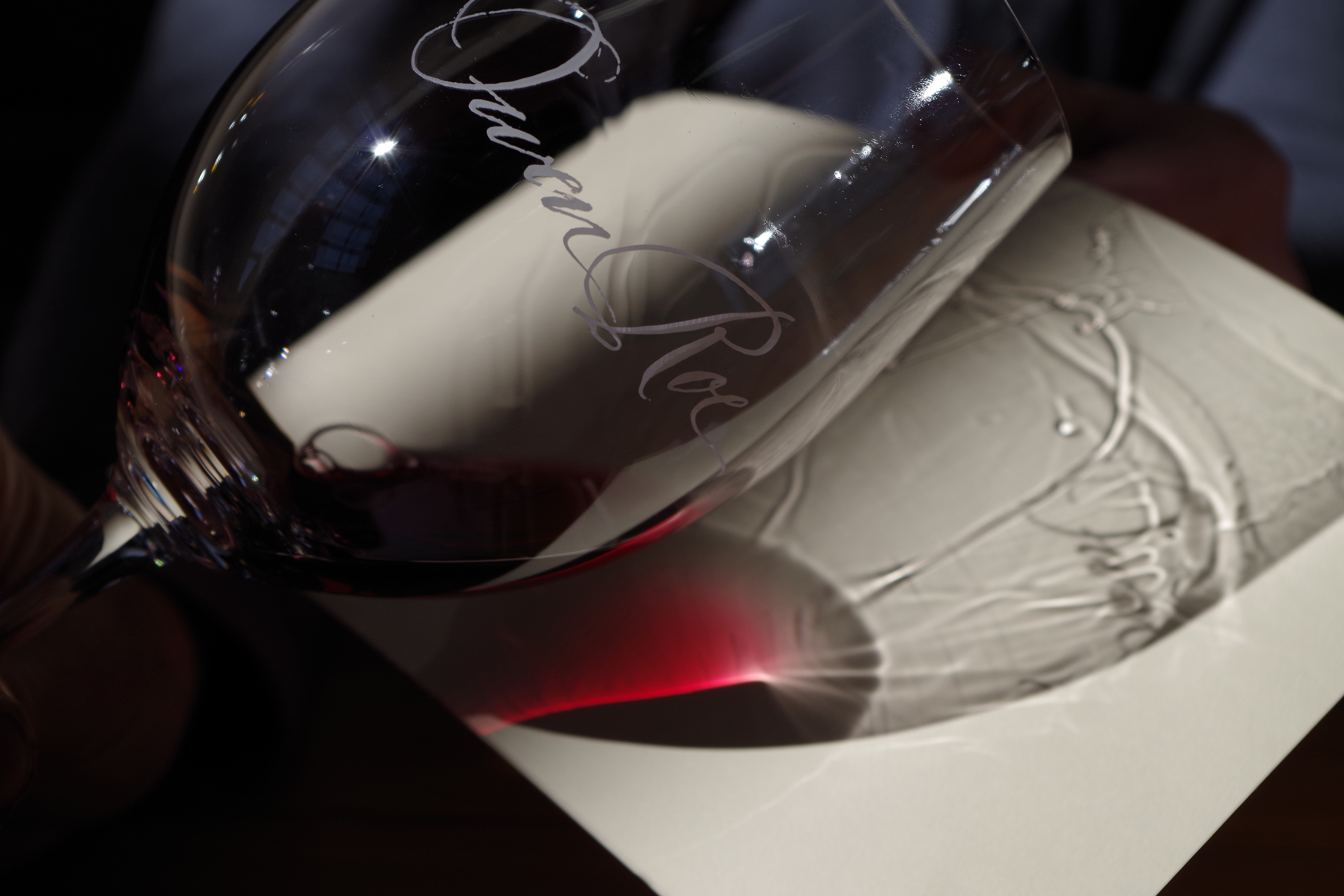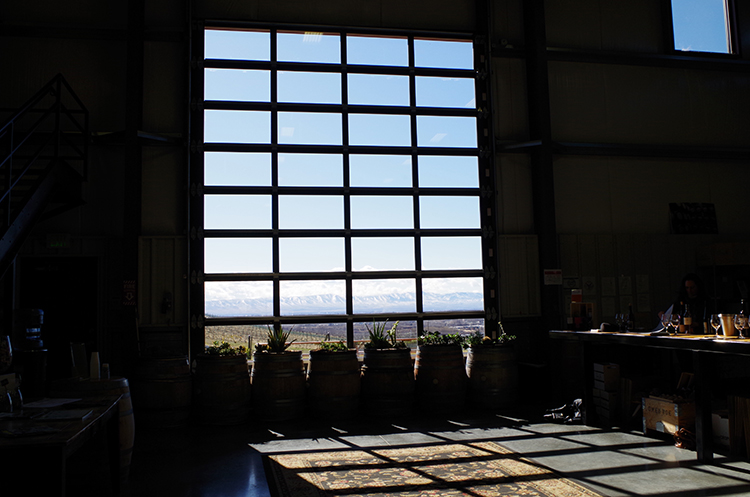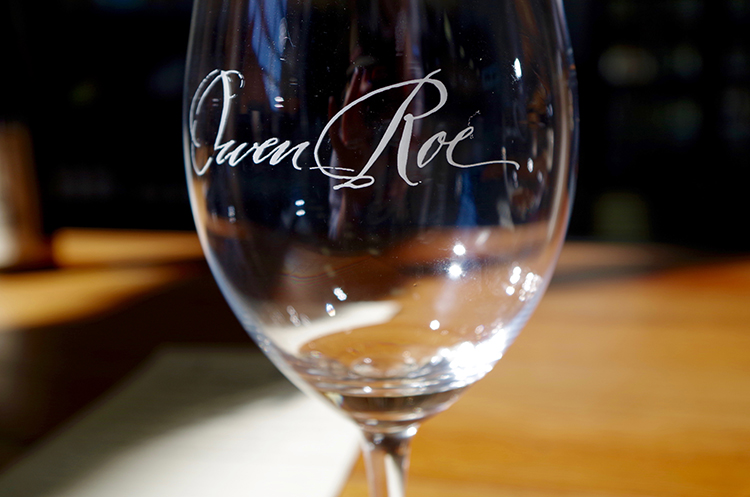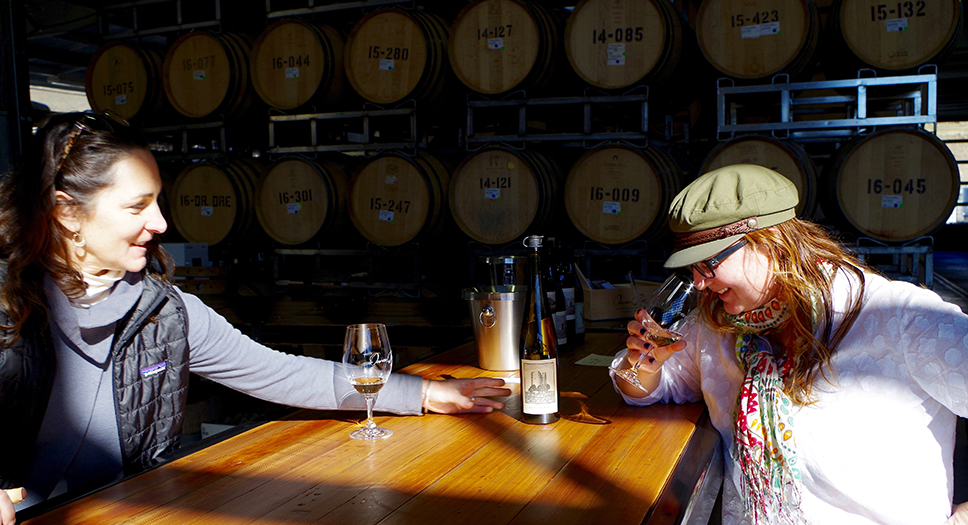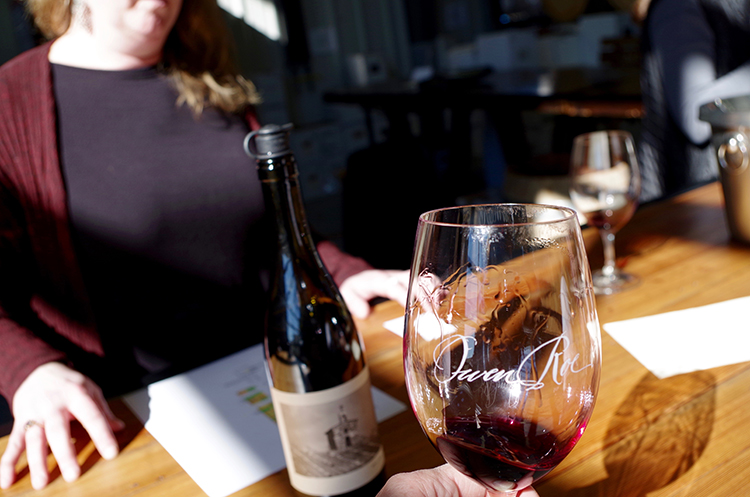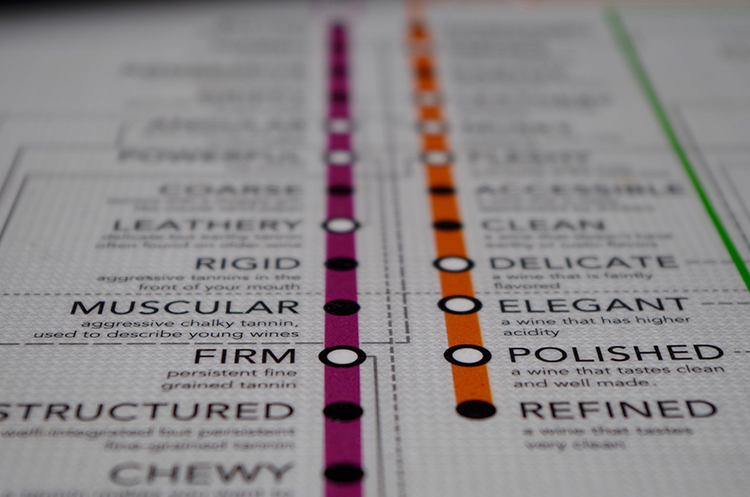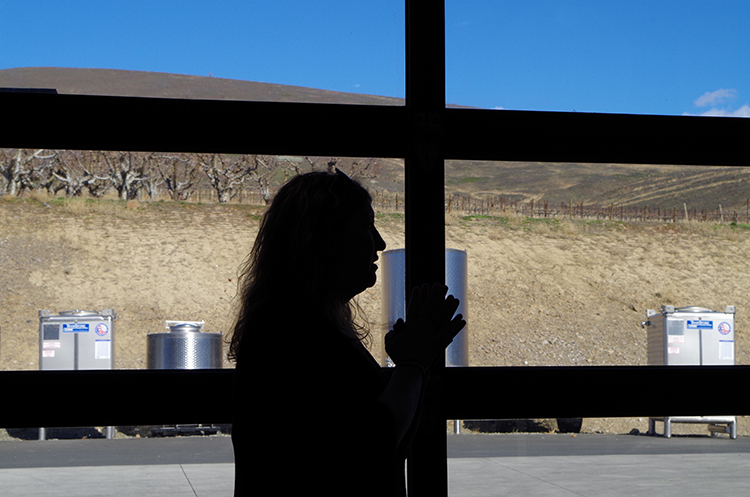I must confess something I’m ashamed to admit. I bear the scarlet letter. There’s a giant ‘A’ emblazoned on my inner scribe that glows when my lack of Articulation is showing. I’m referring to wine here. Writing about, and deftly articulating, the obvious and subtle aspects of wine. As a writer, that’s hard to admit. Wine in particular, has a rich and nuanced existence, and living in the Yakima Valley, we are surrounded by superb vineyards as well as wines. I can talk about the hills, I can talk about the vine, fruit growth and harvest. But put it in a glass, and all I can tell you is what color it is and if I like it or not.
Perhaps you or someone you know has sung the oenological anthem: “I don’t know wine, I just know what I like.” I have heard that sentiment echoed from tasting rooms and home kitchens alike, and said or thought it many a time personally. What does that mean exactly? Well, it’s more of a cop-out to cover your fanny when you don’t get elegant hits of toast and blackberry jam as per the tasting note. Gripping mouth feel with hints of dried fig and black pepper? Touch of cumin and dried herb on the nose? Really? It means you don’t want to seem foolish or wrong, so you proclaim your lack of expertise from the get-go. Tasting wine for many of us mere mortals just tastes like, well—wine, with the conclusion “that was great and I’d drink more of it,” or “meh,” or “[cough] never again!”
This really hit home for me recently, as I was just in Argentina, and the Malbecs there were outstanding. The encircling your glass in your hand and holding it against your heart, while eyes closed and breathless, you exclaim “Oh my God, wow!” kind of outstanding. Someone asked me what that meant specifically. How were they different that made them so good? That’s when my face flushed and I could feel the glow of the scarlet letter. I could not articulate exactly what it was that made it so magical. I could just talk about the feeling I had while drinking it. I noticed too, in my rooted writings I tend to write around the wine and never specifically about the wine.
I needed help. Living in wine country, there was no reason I could not begin a real education. There are quite literally, dozens of bona fide experts a stone’s throw from my front door. That’s how Aileen and I found ourselves at Owen Roe on a recent sunny Monday afternoon talking to Susan Brown and winemaker Jacki Evans.
We talked and tasted for literally hours. Ultimately, this was the takeaway: experience, confidence, and practice.
Wine needs to be thought of as an experience. Not a long drawn out exhausting experience, but give it an extra moment of your time. It’ll be a pleasant moment. This wasn’t something that was whipped up in a vat, poured into a bottle and put in front of you. It took time, patience, creativity and expertise to create. Give a nod to that years long process. With that in mind, you just need to have the confidence to bust right out with what you think. There are no wrong answers. In time, you could look at a tasting note, and assuredly disagree with its assessment instead of being ashamed by not having come to the same conclusions. The rest comes with lots of thoughtful drinking. There are no shortcuts here, the only way out is through many bottles of wine. I was loathe to practice my flutophone as a child, but this kind of practice I can wrap my head around. Drink more. Pay attention. Repeat.
I noticed that there is a discernible arc that goes into any tasting—eyes/nose, palate, finish. This arc creates a thought provoking approach that goes beyond the mouth and the belly. I am reminded of a conversation we had early on at rooted with winemaker Justin Neufeld of Gilbert Cellars and JB Neufeld where he was talking about one of the reasons he got into wine. He said how really thinking about what he was tasting and feeling and smelling made him realize a different part of his brain was waking up. I love that.
On our first pour, Susan tells us simply to look at it. Much about wine is not as grandiloquent as it may seem. Just note the color and clarity in the glass. From there we move right into the nose, which, obviously, is how it smells. Wine begins to change the moment it is exposed to the air. So how it smells when it’s first poured is a bit different than how it presents a minute or two later. Swirling the glass exposes more surface area to the air and wakes it up a bit. We were encouraged to find our own aromas rather than rely on what had already been said about it. Here’s where practice comes in. You might not get dried fig the first time around, and that’s ok, but get back on the horse. Start to trust what you do get, and let it be general, you can get specific later. Aileen had her nose in a glass of cab franc, and swore to toasted marshmallow. By Jove, she was right! We started picking up all kinds of stuff: broiled banana, licorice, stewed apples. We were on fire. But, as Jack says to Miles in the movie Sideways, when do we get to drink?
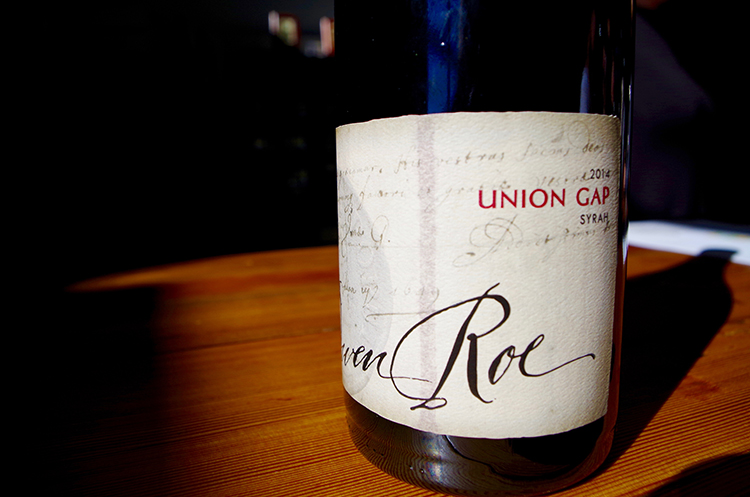
Palate.
So, finally down the hatch, right? Not quite. The tongue is where you taste and feel, so let the wine linger in your mouth to be able to understand the shape of it, so to speak, to get a handle on the mouth feel. Is it flabby or smooth, structured or rough? I have to admit, I notice this piece more when I’m trying something I don’t like. It’s like I want a sphere, but I’m stuck with a circle. After exposing all your taste buds to the liquid, see where on the tongue you notice it, and finally, what it tastes like. Are any of those smells coming through in the taste? What is noticeable? By paying attention over time, you can start to begin discerning the differences. Noticing what you like and dislike, and why you like or dislike it. This is the current space I occupy in my wine education.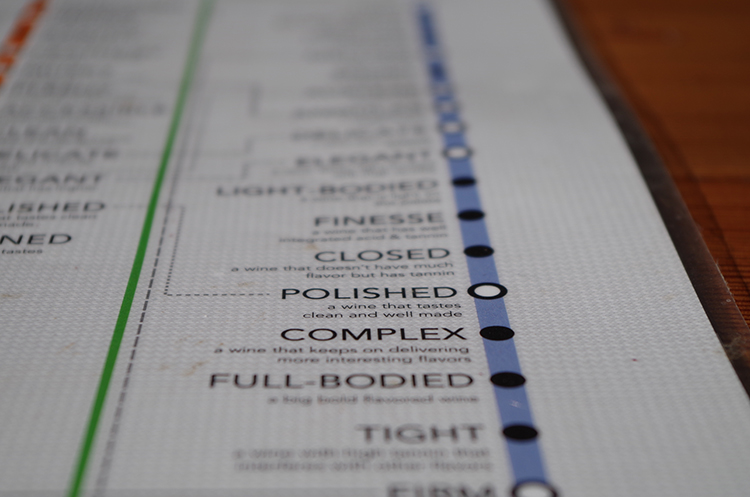
Finish.
Finish is what happens after you drink it. What do you notice about how it lingers in your mouth and throat? Does it change for the better or the worse or does it align appropriately with your tasting? Does it take something that seemed a bit ordinary when you drank it and elevate it by leaving your mouth with something amazing to hold onto? Or does it slowly twist something sublime into something banal? Again, only you can say, just pay attention.
This was the wine 101 primer we experienced while skating on the tip of the iceberg. How to approach, and how to taste. It was a very thought provoking afternoon. We also talked about the different grape varietals, the vineyards they’re grown in, the regions those vineyards occupy, different ways of fermentation, the kinds of barrels used for aging, what goes into blending, and how they mature over time. All of these things (and more) have an impact on the overall experience of the wine. The scope is so large. Overwhelming yes, but truly thrilling that there is so much knowledge to cram down the gullet. It’s easy to understand how wine can become an obsession. The learning never stops. There are so many stories to tell, and we at rooted, plan on telling a lot of them. In the meantime, we’ll keep practicing.
PS I poured a red blend while I was writing this that I’ll tell you went from dark berry to a strong cherry, that hit the back and sides of my tongue with a smooth mouth feel, and finished punctually.
